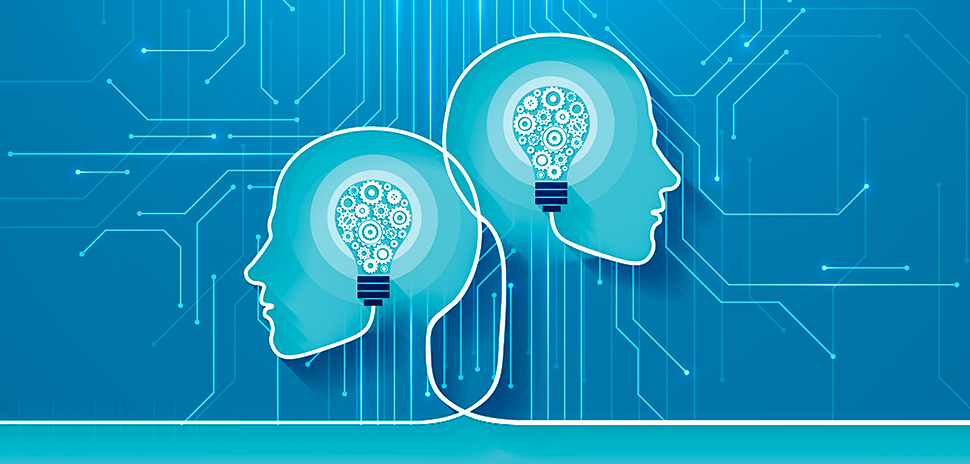
Illustration: Feodora Chiosea/iStock
Technology has significantly pushed the capabilities of medicine forward, with everything from computers that sequence genes to robots that assist in minimally-invasive surgery. However, one speciality of medicine with untapped potential when it comes to utilizing cutting-edge tech is mental healthcare.
Yet as the pandemic has shown, there are great opportunities within the realm of mental healthcare to take advantage of existing and upcoming tech advances. Embracing technology can dramatically improve building designs and patient outcomes. Architects, health leaders, technologists, planners and more should be uniting around how to embrace tech in mental healthcare to both improve and save lives moving forward.
Here are four technology possibilities for mental health to consider in a post-pandemic world:
Telehealth:
The number of people using telehealth for doctor’s visits increased exponentially during the pandemic, and has also created increased access for behavioral healthcare. With private insurance companies as well as Medicaid and Medicare providing reimbursement for teletherapy appointments, millions of people can now access behavioral healthcare from their homes, offices or… anywhere.
That trend will continue in some form: A survey by digital behavioral health company Tridiuum stated 70 percent of therapists reported they plan to continue offering telehealth services post-pandemic, and that they intend to leverage video visits for at least 50 percent of their patients moving forward.
Hybrid models should be the norm moving forward, with clinical spaces that can be used for both in-person and telehealth appointments. Regular telehealth check ins with a familiar provider can help patients adhere to medications, report new symptoms and avoid admission or readmission to inpatient or emergency room care.
These hybrid spaces should be designed specifically so clinicians can successfully perform virtual visits, not just adding cameras and microphones to regular exam rooms. This will likely mean creating telehealth pods with special acoustics and lighting that are adjacent or nearby regular exam or appointment rooms.
Patient safety devices/monitoring:
Patient and staff safety are essential considerations when designing a behavioral health facility. But too often in the past, safety measures could lead to an institutional, sterile environment that was not conducive to wellness for anyone utilizing the building. While certain things, like ligature resistant hardware, are necessary, technology can be used to improve safety without compromising a warm and healing space.
A recent study of behavioral health inpatients with a high risk of violence used a smartphone that enabled behavioral sensing and the ability of patients to report their current state and context without having to summarize past feelings or events. It found loud inpatient unit conditions and lack of variability in physical activity, among other symptoms, to be linked with violence in these inpatients.
Technology like this could signal when a patient is potentially in a triggering environment, and can shape the design of future spaces around access to the outdoors and physical activity as well as private, quiet spaces.
Biotech innovations:
Artificial intelligence (AI) is rapidly changing many aspects of medicine, and mental health may be the next frontier. The ability to track serotonin levels using AI could help researchers better understand how it affects sleep and mood. A research team at Caltech applied AI machine learning to a serotonin sensor. The sensor can detect serotonin release and see patterns and levels during sleep, stressful situations and more.
In Dallas, the Parkland Center for Clinical Innovation (PCCI) is a non-profit research lab that designs, builds and tests AI programs that can potentially address individual/community health needs, particularly mental health. Many of these programs the PCCI is working on are on mobile or software platforms that make it easier to share information between patients, clinicians and community-based health facilities, which are crucial connections in mental healthcare.
Use of circadian lighting:
Our internal circadian rhythm is a natural process regulating the sleep–awake cycle—essentially making us tired when it gets dark and awake as the sun rises. While more research will help, a 2020 study in the journal Nature found “Altered circadian rhythms are commonly reported among individuals with several psychiatric disorders, including major depressive disorder, bipolar disorder, anxiety, and schizophrenia.”
Preliminary research also shows controllable LED lighting set to a natural circadian rhythm cycle can support positive outcomes in behavioral health settings and also create a calming effect in common areas like dining rooms or activity spaces. It is thought that the predictable lighting system not only helps patients sleep better, it helps them mark the passage of time and create a consistently calm atmosphere towards the end of the day.
Behavior/symptom tracking:
We know wearables can help track heart rate, oxygen levels and blood sugar, but what about symptoms of mental illness?
Tech platforms can even help alert physicians to patients who have the potential of developing certain mental health conditions. Quartet is a software that reviews medical records to target patients at risk for mental illness, then links them to care such as therapy and notifies their primary care physician as well.
Part personal journal and part mood tracker, certain apps could also help physicians track patient symptoms and help prevent admission or readmission to inpatient facilities. IMoodJournal, used for bipolar patients, can be used to record everything from mood and symptoms, to sleep, medications, and energy levels. Tracking these various factors helps analyze a patient’s daily feelings and moods through summary charts that indicate when a person may be going through a manic or depressive episode.
With technology so woven into our everyday lives already, there’s no reason why it shouldn’t integrate more into mental health care and building design. Embracing technology can improve access to and quality of care, patient safety and make staff workflow easier. As more and more people seek mental health treatment, the industry should be equipped to provide the best and most up-to-date care.
Alison Leonard is CannonDesign’s Dallas Behavioral Health Leader. As an evidence-based design certified architect, she is passionate in reducing the stigma around mental health issues by helping to create innovative treatment spaces for patient healing.
![]()
Get on the list.
Dallas Innovates, every day.
Sign up to keep your eye on what’s new and next in Dallas-Fort Worth, every day.
"care" - Google News
March 09, 2021 at 07:19AM
https://ift.tt/2OcZge5
How Technology Can Enhance Behavioral Healthcare Design and Care - dallasinnovates.com
"care" - Google News
https://ift.tt/2N6arSB
Shoes Man Tutorial
Pos News Update
Meme Update
Korean Entertainment News
Japan News Update
Bagikan Berita Ini
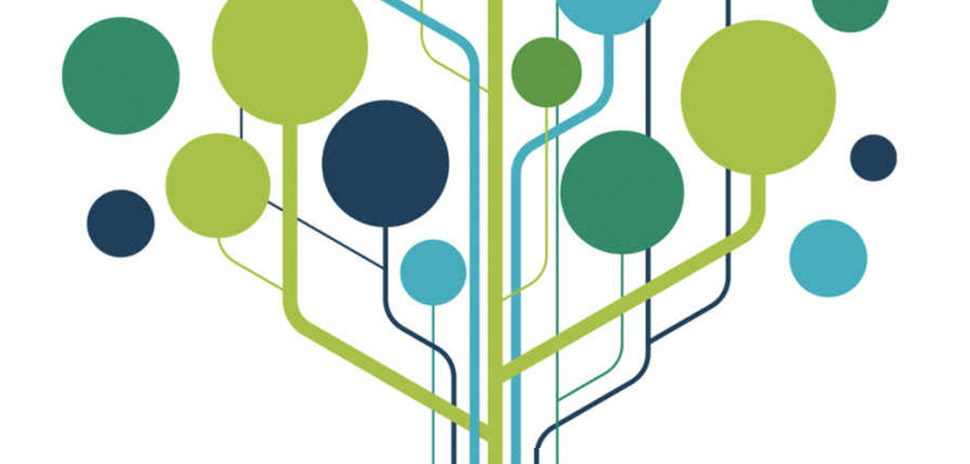
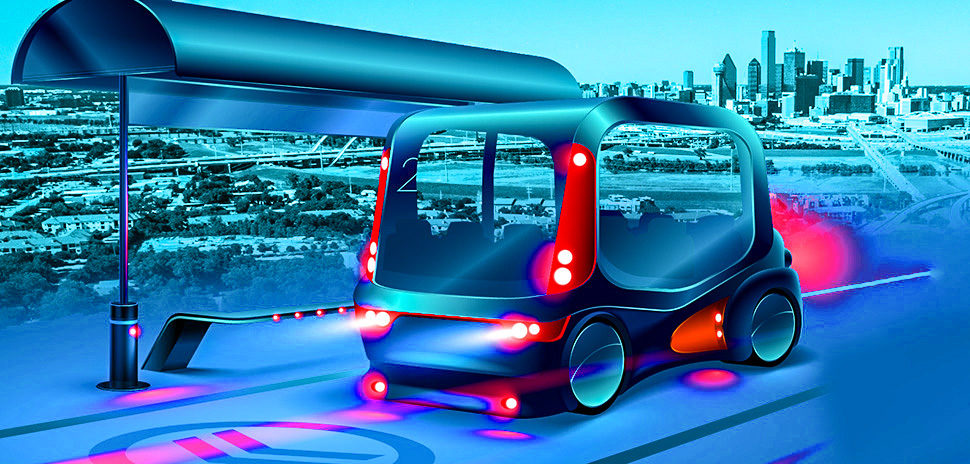

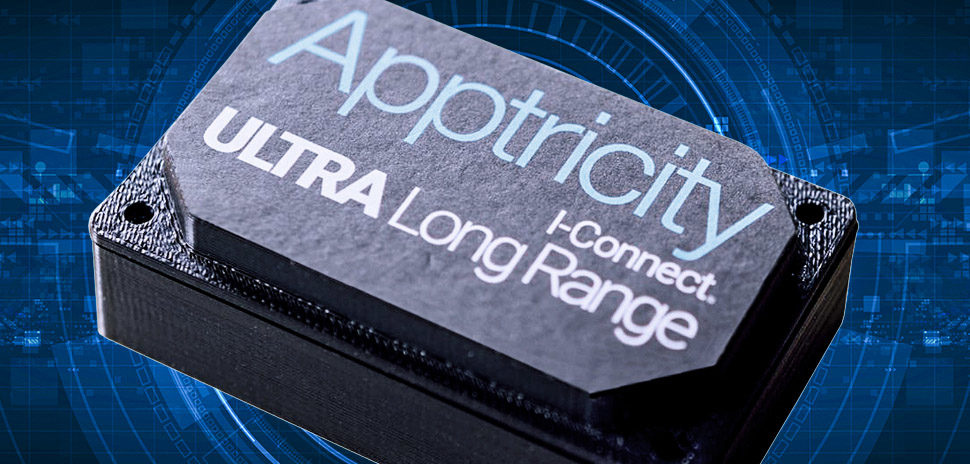
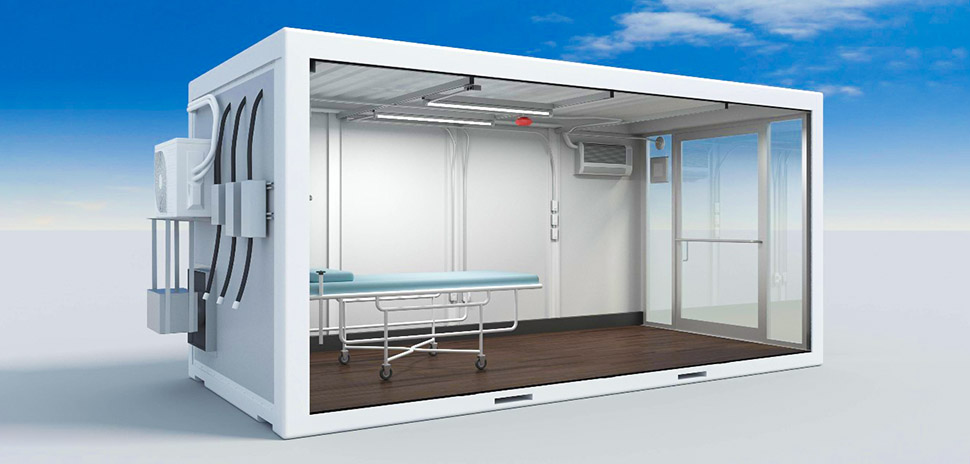














0 Response to "How Technology Can Enhance Behavioral Healthcare Design and Care - dallasinnovates.com"
Post a Comment